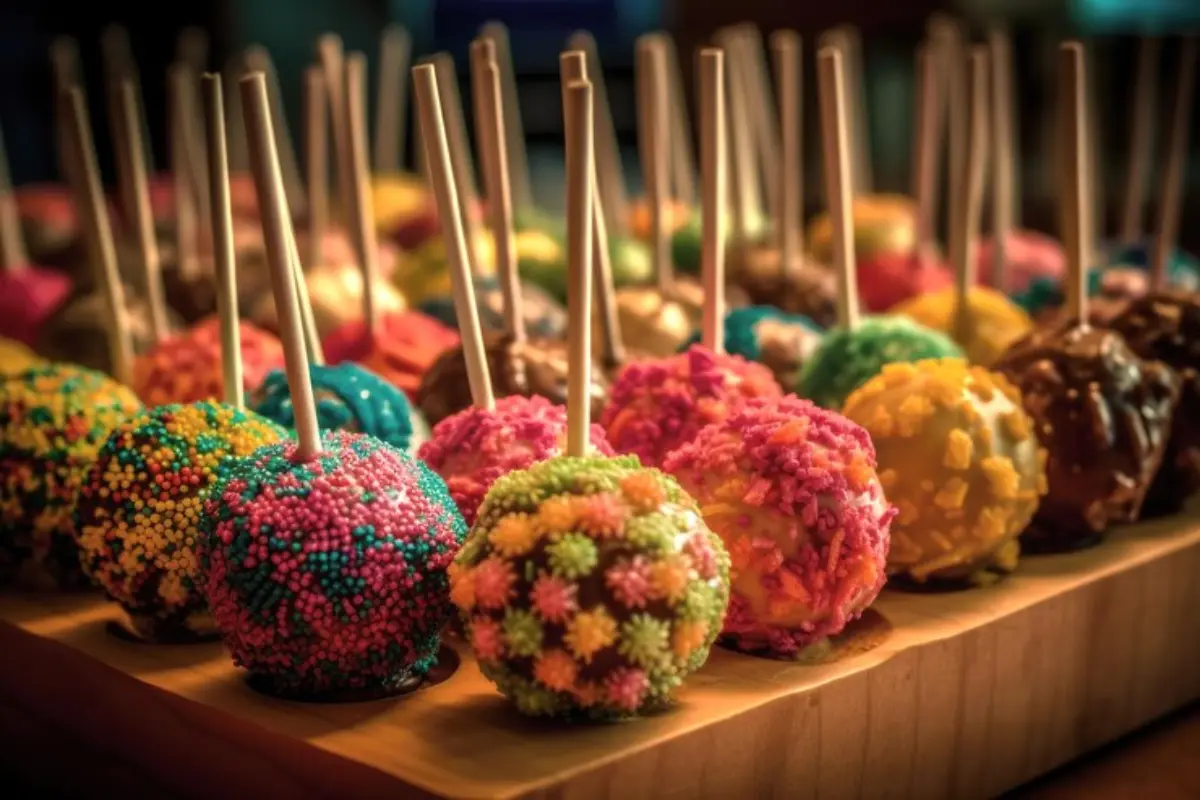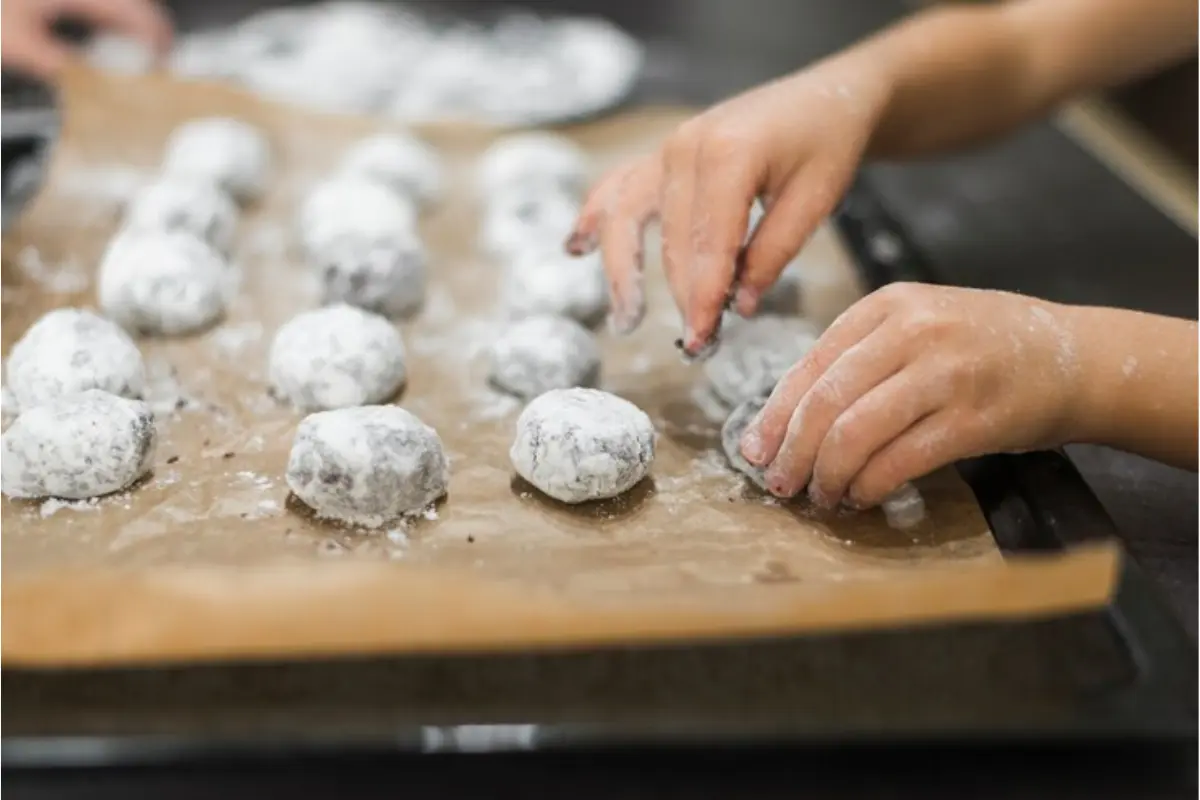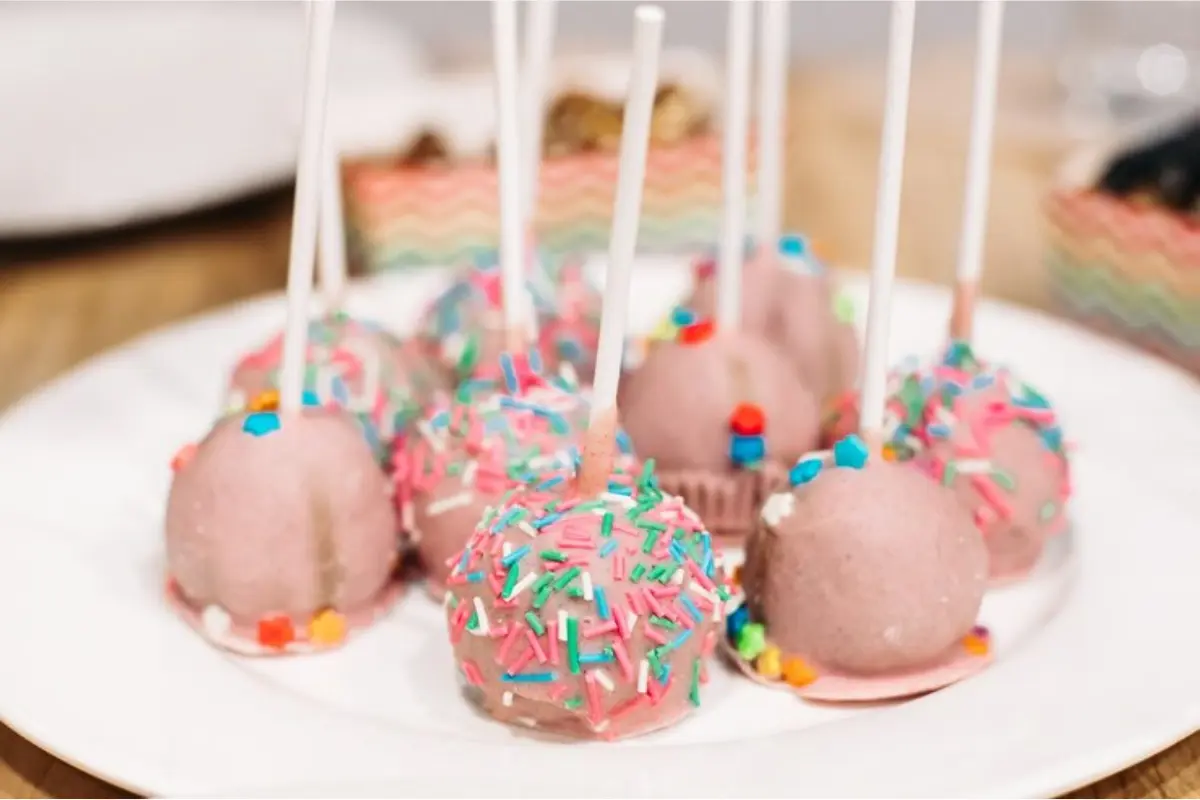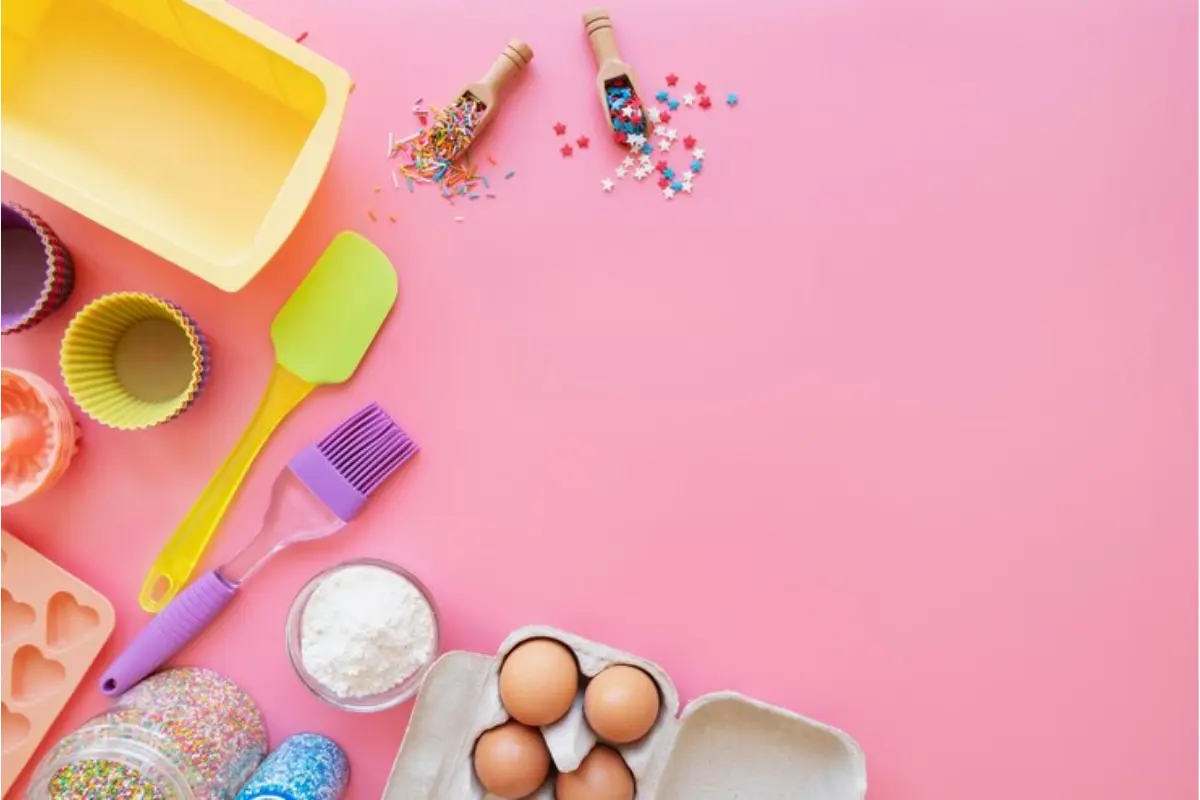Cake pops have taken the world by storm, and it’s easy to see why. These delightful little treats combine the rich, moist texture of cake with the convenience and charm of a lollipop. Whether you’re a seasoned baker or new to the kitchen, making cake pops is a fun and creative way to express your culinary creativity. In this article, we’ll walk you through the basics of crafting the perfect cake pop, from choosing your ingredients to the final, decorative touches. This guide will walk you through the art of crafting the perfect cake pop recipe. So, let’s roll up our sleeves and dive into the sweet world of cake pop making!

The Basics of Cake Pop Making
Before we get our hands sticky with cake and frosting, it’s crucial to understand the foundation of a good cake pop. At its heart, a cake pop is simple: cake and frosting mixed together, formed into balls, and then dipped in a chocolate or candy coating. But as with all things in baking, the devil is in the details.
Understanding Cake Pops
Understanding the basics is crucial for mastering any cake pop recipe. Cake pops are more than just cake on a stick. They’re a blend of cake’s comforting, fluffy texture with the rich, creamy consistency of frosting. When these two come together, they create a moist, dense mixture that’s perfect for shaping into balls or other fun shapes. The key here is balance; too much frosting and your cake pops will be too wet, too little and they’ll crumble apart.
Essential Ingredients
- Cake: You can use virtually any type of cake for cake pops. Many people opt for a simple boxed cake mix for convenience, but feel free to use your favorite homemade recipe if you prefer. The flavor is up to you, whether it’s classic chocolate, vanilla, red velvet, or something more adventurous.
- Frosting: The frosting acts as the glue that holds the cake crumbs together. A basic buttercream frosting works well, but you can also use cream cheese frosting, chocolate ganache, or any other type of frosting that pairs well with your cake choice.
- Coatings and Decorations: This is where you can really let your creativity shine. Most cake pops are coated in melted chocolate or candy melts, which come in a variety of colors. After dipping, you can add sprinkles, crushed nuts, or any other decorative toppings to make your cake pops stand out.
By starting with these basic components, you’re well on your way to creating delicious cake pops that will impress anyone who tries them. In the next section, we’ll dive into the step-by-step process of making your cake pops, from baking the cake to dipping and decorating your finished pops.




